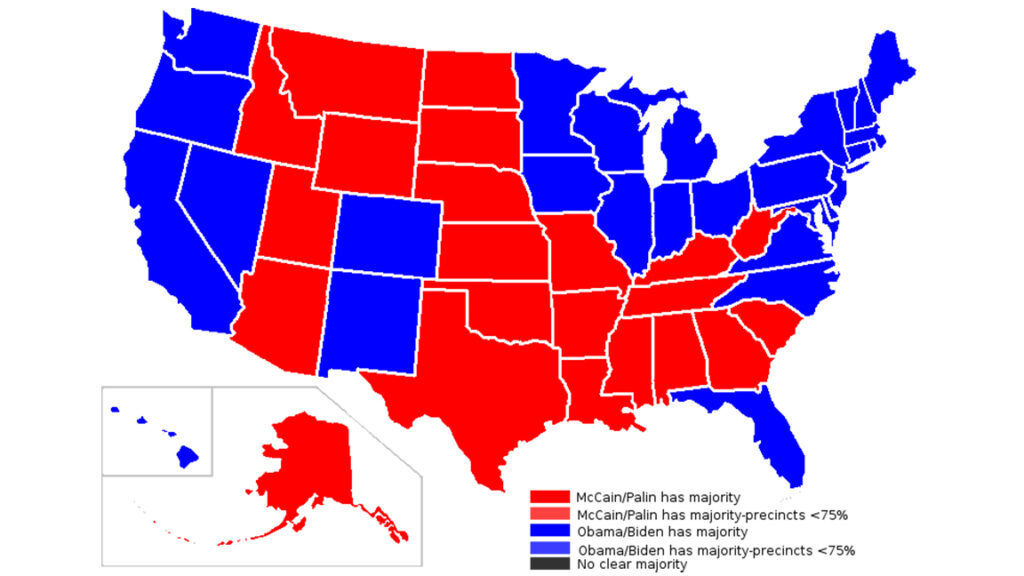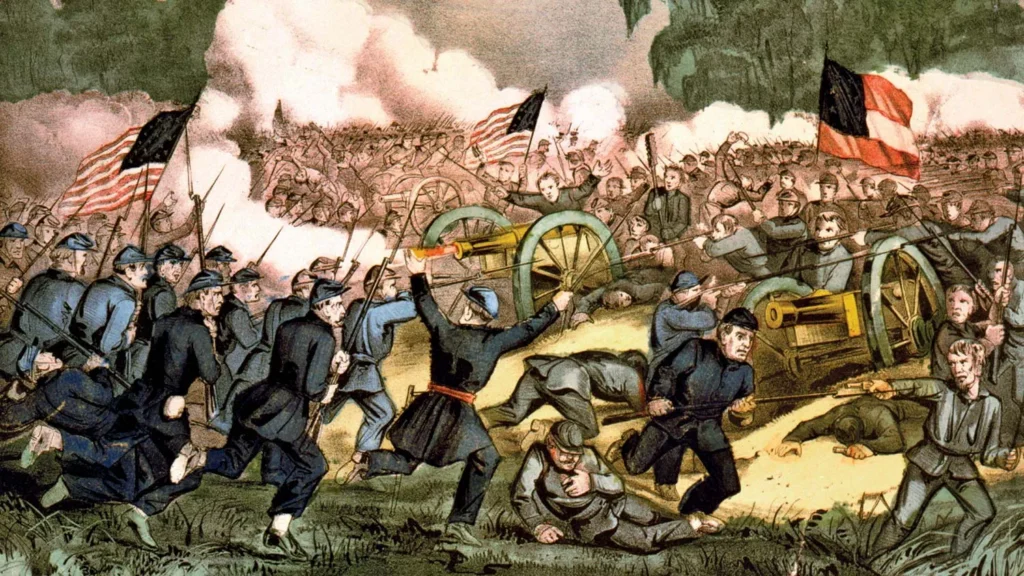Introduction
In recent years, as political polarization in the United States has increased, there has been much discussion about the possibility of a civil war in the United States. This page will explore this issue by analyzing the U.S. political system, state cultures, and political and economic differences.
Overview of the American Political System
The United States is a federal nation with a complex governmental structure that includes a federal government and local governments in all 50 states. The federal government consists of three branches: legislative (Congress), executive (President), and judicial (Supreme Court). States have their own constitutions and governmental agencies and usually have a similar structure to the federal government.
State Cultural and Political Differences
There are significant cultural, political, and economic differences among U.S. states. For example, northeastern states such as New York and Massachusetts tend to favor more liberal social policies, while some states in the South and Midwest are more conservative. These differences are reflected in state government policies and laws.

Economic Differences
Economically, states such as California and Texas lead in technology and energy, while agricultural states in the Midwest rely on agriculture and manufacturing. Economic differences lead to different needs and expectations for federal government policies.
Political Polarization
Political polarization is a major issue in American society today. Differences between liberals and conservatives are evident on many issues, including gun control, immigration policy, and health care.
Analysis of the possibility of civil war
Historical Context
The United States has experienced one civil war in its history, the Civil War of 1861-1865. This war was mainly due to the conflict between states’ rights and federal power as well as the issue of slavery.

Current Situation
Despite the current concerns about political divisions and polarization, the current political system in the United States is much more mature and stable than it was in the 19th century. The distribution of power between the federal and state governments is relatively balanced, and there is a constitutional and legal framework for resolving disputes.
Law and Order
The United States has a strong legal system and law enforcement agencies that are effective in maintaining order in society. In addition, the military and national security agencies are dedicated to protecting the unity and security of the nation.
Democratic Mechanisms
Democratic mechanisms, such as elections and judicial review, provide peaceful ways to resolve political differences. Voters can express their will through voting, while the courts can adjudicate disputes.
Conclusion
Although the current political divisions and polarization in the United States cannot be ignored, the probability of a civil war is relatively low considering its mature political system, strong law and order, and the existence of democratic mechanisms. However, in order to maintain the stability and unity of the country, it is important to resolve differences through dialogue and cooperation and to avoid extremism and violence.

Postscript
This page examines the possibility of a civil war in the United States by analyzing the political system, state cultures, and political and economic differences. Despite the challenges, by resolving differences through peaceful and democratic means, the United States is expected to maintain its position as a global model of democracy.



